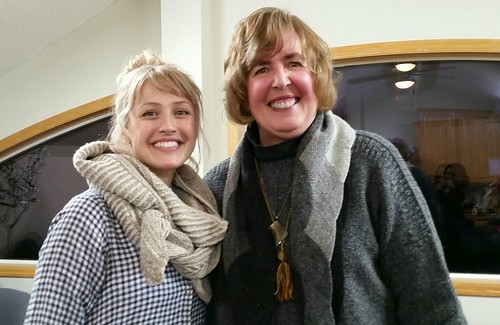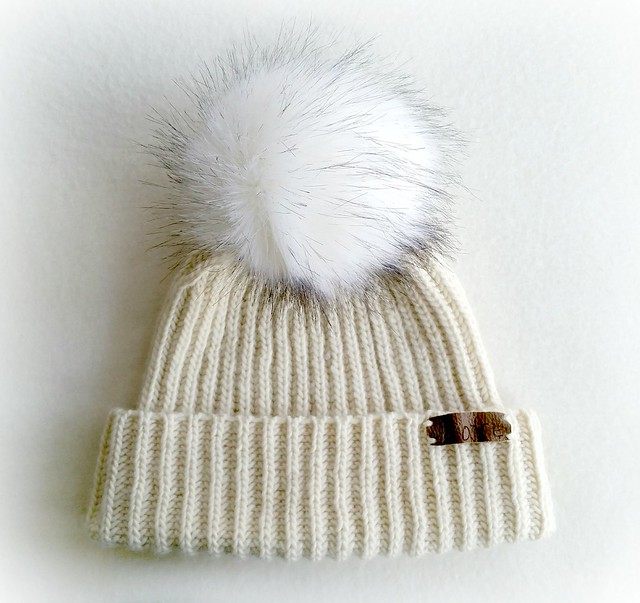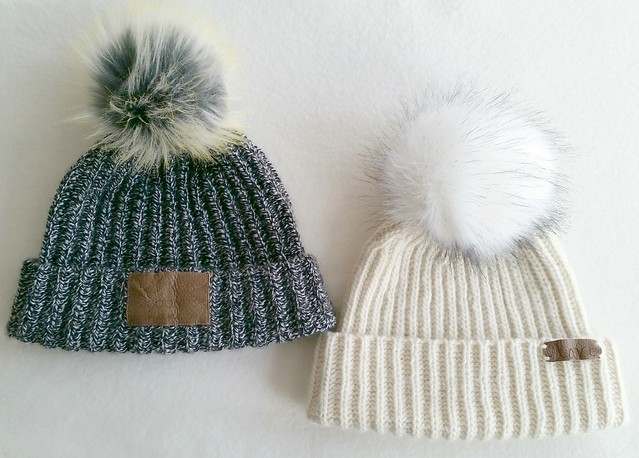We tried yesterday to post our tip of the week on The Rainey Sisters Ravelry Group. It just would not work! The middle half would not show up. So, here it is:
March 4, 2018 Tip of the Week
In our counting rows Tip of the Week video, we used the lifted increase. We received some questions about that so we thought we could add it as this week’s tip. It is always nice to have several tools in your knitting toolbox so you can use the best technique for the situation.
Lifted Increase: These increases knit into the left or right leg (left leg of st –> V <– right leg of st) of the stitch in the row below. They are easy to do and fairly invisible. Like all increases, they can create some stitch distortion, but when spread out as in sleeve increases, it is minimal. To reduce distortion, do not lift the yarn onto the needle, but simply knit the stitch in place. We call the right leg lifted increase RLI, and the left leg is called LLI.
RLI:
Knit to the position of the next increase. The right leg we will use is shown with a marker in the picture below. Lift the right leg of the stitch in the row below, place it on the lefthand needle, and knit it like a regular stitch. Then knit the stitch that is was next in line to be knit. One stitch increased.
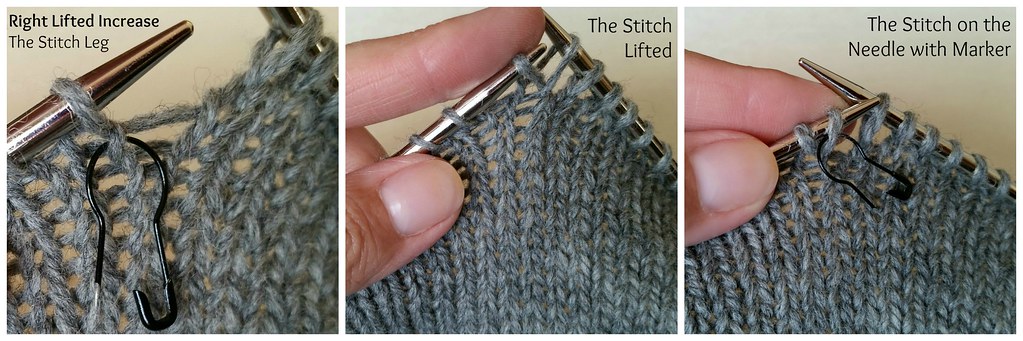
LLI:
The left leg of the stitch below can only be reached after knitting the next stitch on the needle. This appears to place it one row lower than the RLI, BUT it really is in the same row as the stitch used to create an RLI. The marker in the picture below is placed on the left leg of the stitch we are going to use BEFORE we knit the next stitch on the needle. If you have trouble finding this when you are first trying to use this increase, keep the marker in place until you complete the inc. Lift the left leg up and then knit it through the back loop because of the way it is positioned. You do not want to twist the stitch. One stitch increased.
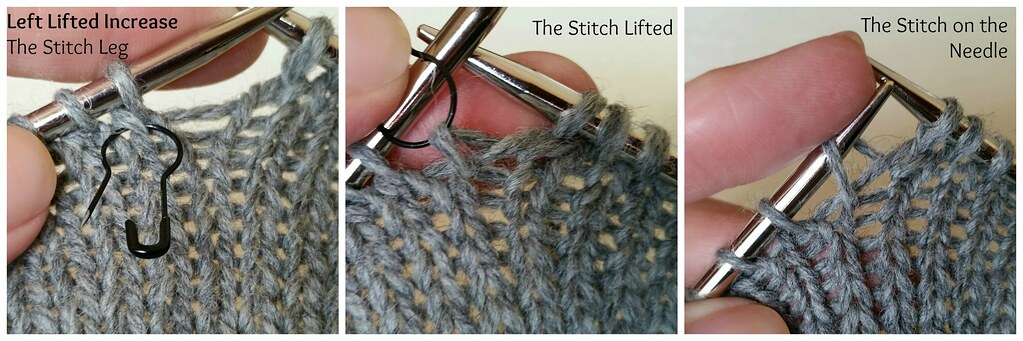
The following pictures show the increases in the same direction they were worked (“right side up” shown with up arrow) and also “upside down” shown with down arrow. The really cool thing about these increases is that they look like k2tog and ssk decreases from the other direction! This means that topdown sweaters with increases will look like regular decreases when being worn – crazy!
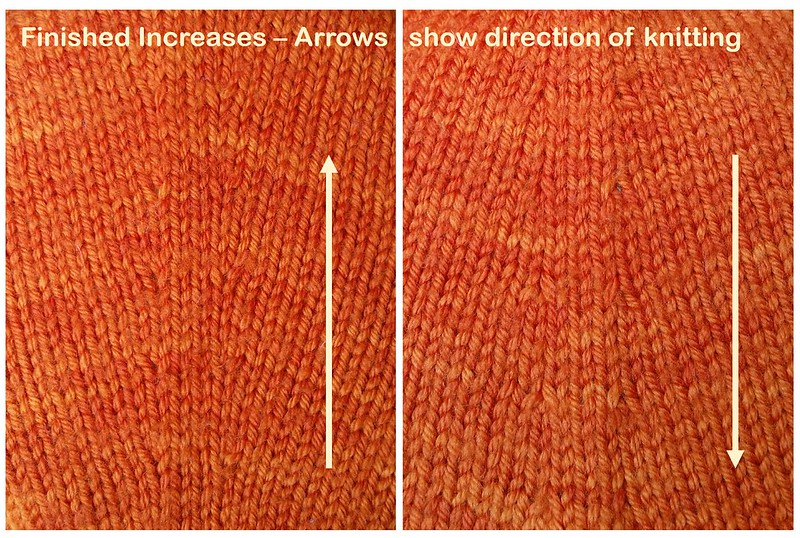
There are of course many youtube videos and other sources for information about these increases.
PS to Robin F. — Knitting terms are not always consistent, but we tend to think of a knitted make one “m1” (left or right) as lifting the running thread between two sts and knitting it with a twist (see PS2 for more). This increase causes stitch distortion to the sts on either side AND to the sts above it in the next row. To avoid this, you can do a YO in place of the m1 and twist it on the following row. Of course, repeating m1’s stacked row after row (as in raglan shaping) can be a pretty design element.
PS2 to Shiphrah99: You are right — left and right m1’s are determined by how you seat the running thread (RT) on the needle. A right slanting m1 is made by lifting the RT with the left needle tip from back to front and knitting the st. A left slant is created by lifting the RT from front to back and knitting it through the back loop. The lifted increases we are showing are another type of increase.
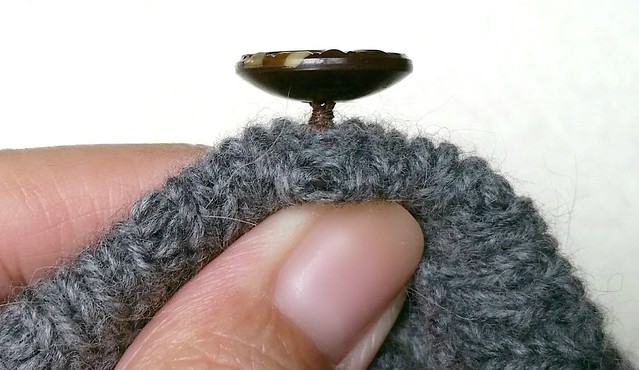
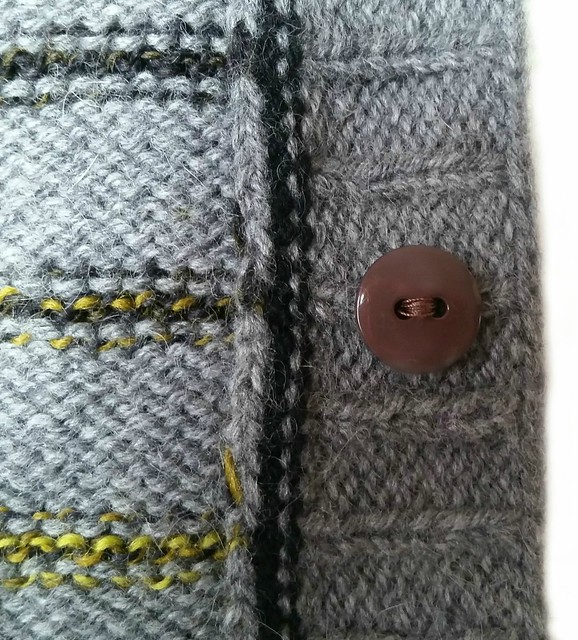






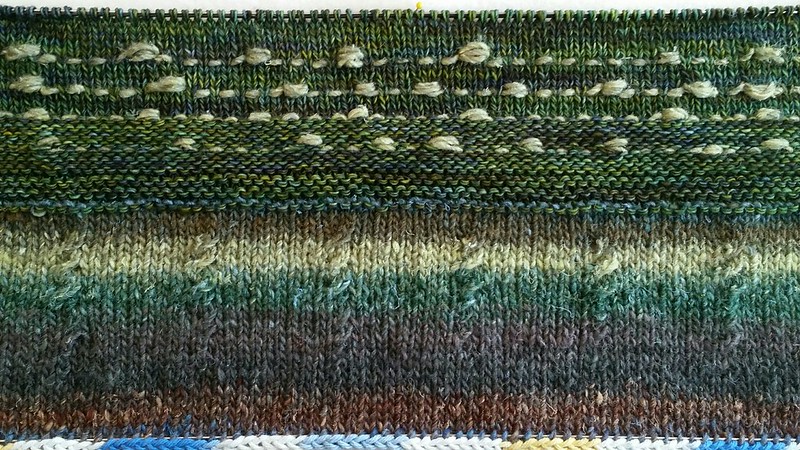
 ). I am loving this! It is so “un-me!” I am planning on seeing the movie this weekend, but doubt they will “pause” the movie during the infinity scarf scenes!! No matter how loud I yell…
). I am loving this! It is so “un-me!” I am planning on seeing the movie this weekend, but doubt they will “pause” the movie during the infinity scarf scenes!! No matter how loud I yell…


 , but my FOMO has settled down. The yarns will take a while to arrive because some are back ordered. I don’t care. I have them ordered. I can relax now…until another case of FOMO strikes!!
, but my FOMO has settled down. The yarns will take a while to arrive because some are back ordered. I don’t care. I have them ordered. I can relax now…until another case of FOMO strikes!!



